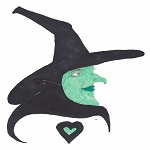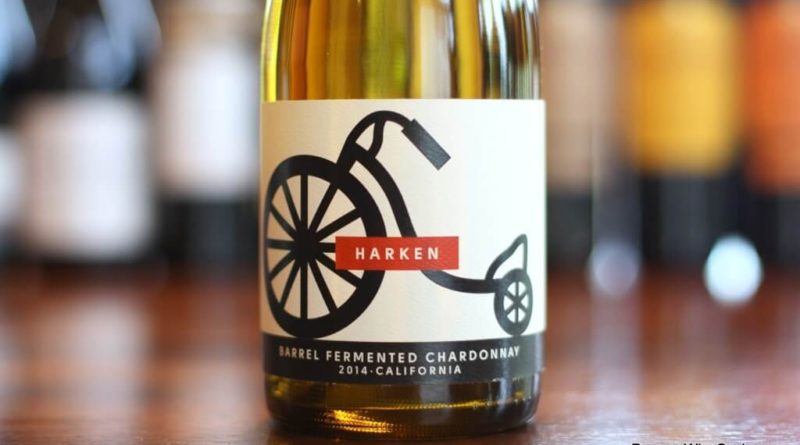Always Judge a Rosé by Its Label
I went to a liquor store recently to pick up wine for dinner and came back with a bottle of white I’d never had before. My husband asked why I chose it. I said, “I just liked the label.” Turns out I’m not alone. According to Nielsen data, 64% of wine consumers choose a product simply because it catches their eye.
There has been tremendous growth in wine consumption during the last 25 years in the United States, increasing every single year since 1993. In that year, wine consumption in the U.S. totaled 449 million gallons. By 2016, that number had more than doubled to 949 million gallons.
Pop Culture’s Influence on Wine Consumption
While the wine industry may not be investing in traditional advertising, its slow-and-steady increase may have had some help from the big (and small) screen.
In 1991, 60 Minutes featured a health story comparing Americans with the French. While our diets were similar, the French drank considerably more red wine and had a much lower rate of cardiovascular disease. Coincidentally, red wine consumption in the U.S. doubled during the decade.
The film Sideways was released in late 2004, a virtual love letter to wine. The film made an impact on the industry, both positively and negatively. Paul Giamatti’s character, Miles, detested merlot and refused to drink it, but he exalted pinot noir. In the three years following the release of the film, merlot sales decreased 2% while pinot noir sales rose 16%.
Wine Gets Social
Wineries spend a fraction (7%) of what beer brands spend on media advertising. In the absence of a large-scale ad campaign, some of the best marketers of their products are the drinkers themselves. If you spend time on social media, you’ve seen consumers “advertising” their favorite wines.
In 2016 during the “Pokemon Go” craze, comedian and mom Dena Blizzard created her own version called “Chardonnay Go,” running around her neighborhood in search of hidden glasses of wine. It has gotten more than 24 million views. Popular YouTube posters, The Holderness Family, posted their own homage to chardonnay in a Thanksgiving-themed video.
Other wine enthusiasts show their love on Facebook, Instagram and Twitter using hashtags like #RoseAllDay and #WineWednesday.
Beer vs Wine?
Beer is still the top alcoholic drink in America, thanks in part to the popularity of craft beers. Forty percent of respondents to Gallup’s 2017 annual Consumption Habits poll chose beer as their preferred alcoholic beverage. However, data shows that millennials prefer wine and spirits to beer and in 2015 made up a whopping 42% of total wine consumption in the U.S.
There are other signs that the beer industry is losing some ground. U.S. brewers shipped 3.8 million fewer bottles of beer in 2017 than it did the previous year, a 2.2 percent decline. According to the Beer Institute’s Chief Economist Michael Uhrich, that is “the largest percentage decrease in annual domestic beer shipment volume since 1954.”
That may explain why beer giant Anheuser-Busch InBev, the world’s largest brewer, seems to be worried about competition from wineries. The company has exclusive alcohol advertising rights to the Super Bowl. When Australia’s Yellow Tail wanted to buy a national spot in 2017, AB InBev blocked it. The brand pivoted and bought 70 local spots in top markets, shelling out even more than the $5 million it would have cost for a national spot. Yellow Tail became the first winery in 40 years to air an ad during the Super Bowl. They aired another in 2018.
From the Super Bowl, to next weekend’s beach party, one thing is for sure… you better have a chardonnay on hand.

